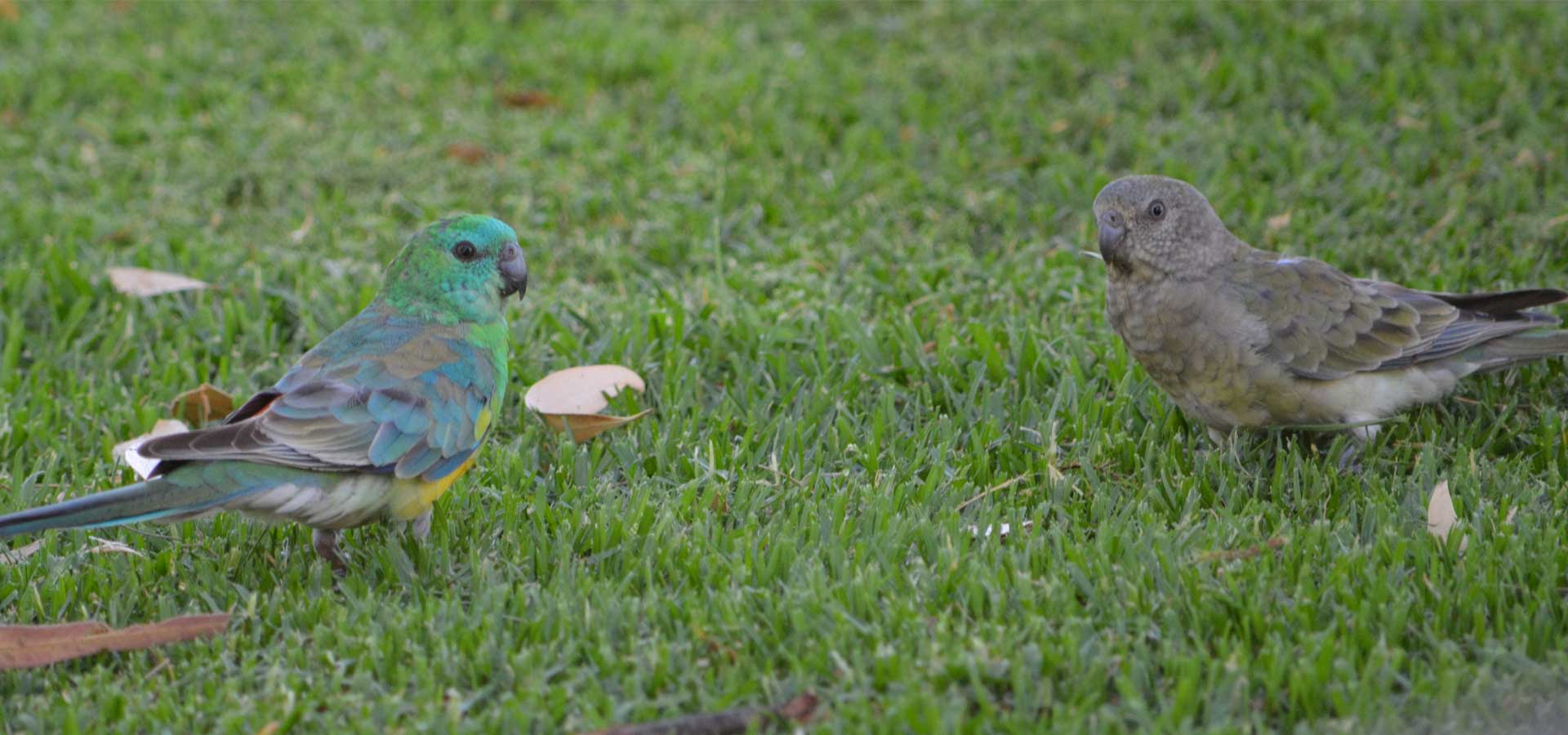
Wildlife & Birdlife
From king parrots to superb wrens and hundreds more – discover birdlife across the Western Downs. Lake Broadwater near Dalby, Chinchilla Weir, Waterloo Plains at Wandoan, and Tara Parkland Lagoon are just a few of the great birdwatching sites.
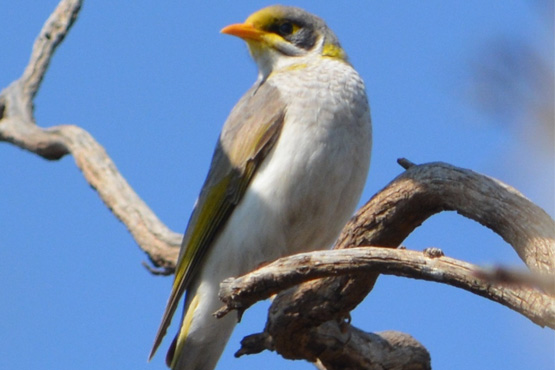
The Western Downs is the ideal place to go birdwatching because your eye will always catch something! Home to at least 342 species of birds that migrate annually or live there permanently, the region’s diversity means birds live in the forests, bushy ridges, winding creeks, farmland and parks, on hills and plains. The habitats to spot birds in are Woodland, Heathland, Forest, Rainforest, Wetland and Savannah.
Birdwatching in the Western Downs

Dalby and surrounds
Thomas Jack Park is the perfect place to stop for a wander through beautifully landscaped gardens, relax by the lily pond and listen to the tranquil sounds of the waterfall (bird watching opportunity). Experience the local history and culture of the district on display at Pioneer Park Museum, with the largest collection of working early model trucks, tractors and agricultural equipment. Follow the Dalby Heritage Trail and visit some of Dalby’s stunning historical buildings, homes and churches. Dalby is a great place to base yourself exploring Bell, Bunya Mountains National Park and historic Jimbour House, a short drive north-east of town. To the south-west of Dalby is the Lake Broadwater Conservation Park, a popular spot for camping, bushwalking, watersports and birdwatching.

Chinchilla and surrounds
Chinchilla is a peaceful and pretty town, featuring a beautiful tree-lined main street just off the highway. Head to the Cultural Centre, the pride of the street. The award-winning building includes a cinema, library and the Lapunyah Art Gallery. Fossickers from around the world come in search of much sought after “Chinchilla Red” petrified wood. Pick up an official Queensland Mines and Energy Fossicking licence from the Visitor Information Centre. While you are at the Information Centre, ask about the side-tracks and byways to experience an amazing array of wildlife and flora, local history and significant landmarks, including the Big Melon.

Tara and surrounds
If you are hankering to totally escape the stress of the city, you’ll find life in Tara happens at a relaxed pace and travellers are always welcome to stay a while. When you arrive in town, drop into the Tara Information Centre to chat to a local about what to see and do. Enjoy the Lagoon Parklands featuring Settlers Park and the Walk of Remembrance Garden. The Lagoon offers a cool respite and it serves as the local fitness precinct complete with outdoor gym. You can picnic by the water’s edge, fish, cycle or take the interpretive walk to see an abundance of birdlife. Native flora and fauna displays are abundant throughout the region, and among these you can spot some rare species. The eastern third of the region also supports Queensland’s best examples of ironbark, spotted gum and cypress pine trees.
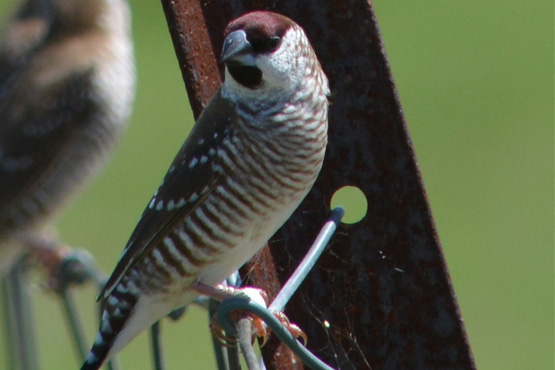
Miles and surrounds
Miles was originally named Dogwood Crossing and was
established on a track blazed by the explorer, Ludwig Leichhardt in 1884. The Miles Historical Village Museum is a big talking point among all who have travelled this way before. Here the visitor will literally step back into history when they step into the many buildings in this turn-of-the century village. There are more than 30 buildings as well as unique collections like the Lapidary and Shell rooms.
Miles is the centre of a native wildflower region extending north to the Great Divide. In the heart of the Western Downs, the region has diversified primary production, and successful mining of Bentonite Clay. The beautiful Dogwood Creek highlights the beauty of Miles, particularly in September when the wildflowers bloom in abundance.

Meandarra and surrounds
Meandarra is the hub of a prime production area of cereal crops, cattle, and sheep and is the location of a popular fishing and camping spot. Considered the cultural centre of the Tara area, Meandarra boasts the historic School of Arts Hall as well as local artists and impressive handcrafts.
This community has the largest storage facilities for Queensland grown wheat, with harvesting from mid-October to mid-November. Brigalow Creek is well known for its waterlilies and fishing for golden perch and jewfish. Camping is permitted beside the creek.
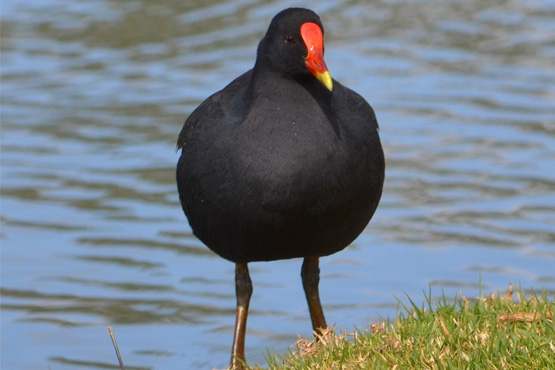
Wandoan and surrounds
The quiet wheat and cattle town of Wandoan is the perfect stopover between Miles and Taroom as you travel along the Leichhardt Highway.
There are a few must-dos when you’re in town. Take a picnic to enjoy the beautiful surrounds and lakes of the restful Waterloo Plain Environmental Park where many waterbirds thrive in the wetlands. The Wandoan Heritage Trail will lead you to more than 20 points of interest including the Juandah Historical Site, featuring informative panels about the Soldier Settlers and
Leichhardt. Visit O’Sullivan Park to meet a local hero and you’ll find the statue of Mick the dog that saved his master’s life after he fell from his horse on Juandah station. Mick ran home for help with a message scratched on a tobacco tin tucked under his collar.
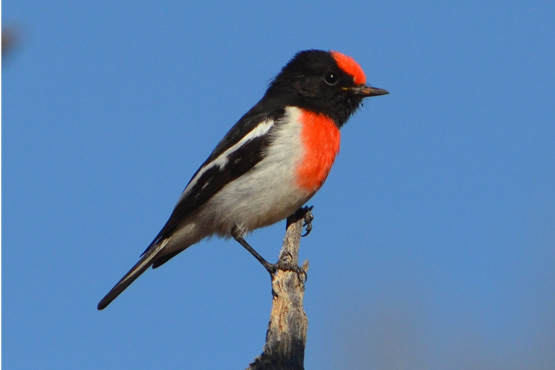
Jandowae and surrounds
North of Dalby, the town of Jandowae welcomes visitors to their friendly country community.
The Dingo Barrier Fence – ‘the longest fence in the world’ has its northern end near Jandowae. The fence is 5,600 kilometres long and stretches to the Great Australian Bight.
A two metre dingo sculpture by Scottish artist, Andy Scott, takes pride of place in Jandowae’s main street.
Jandowe hosts monthly country markets and Biennial Timbertown Festival, featuring roving entertainment, a gala art show, chainsaw racing and fireworks.
Jandowae dam is a popular fishing, swimming, skiing and boating spot (conditions permitting). No camping is allowed. Farm stays are also available in the area.



